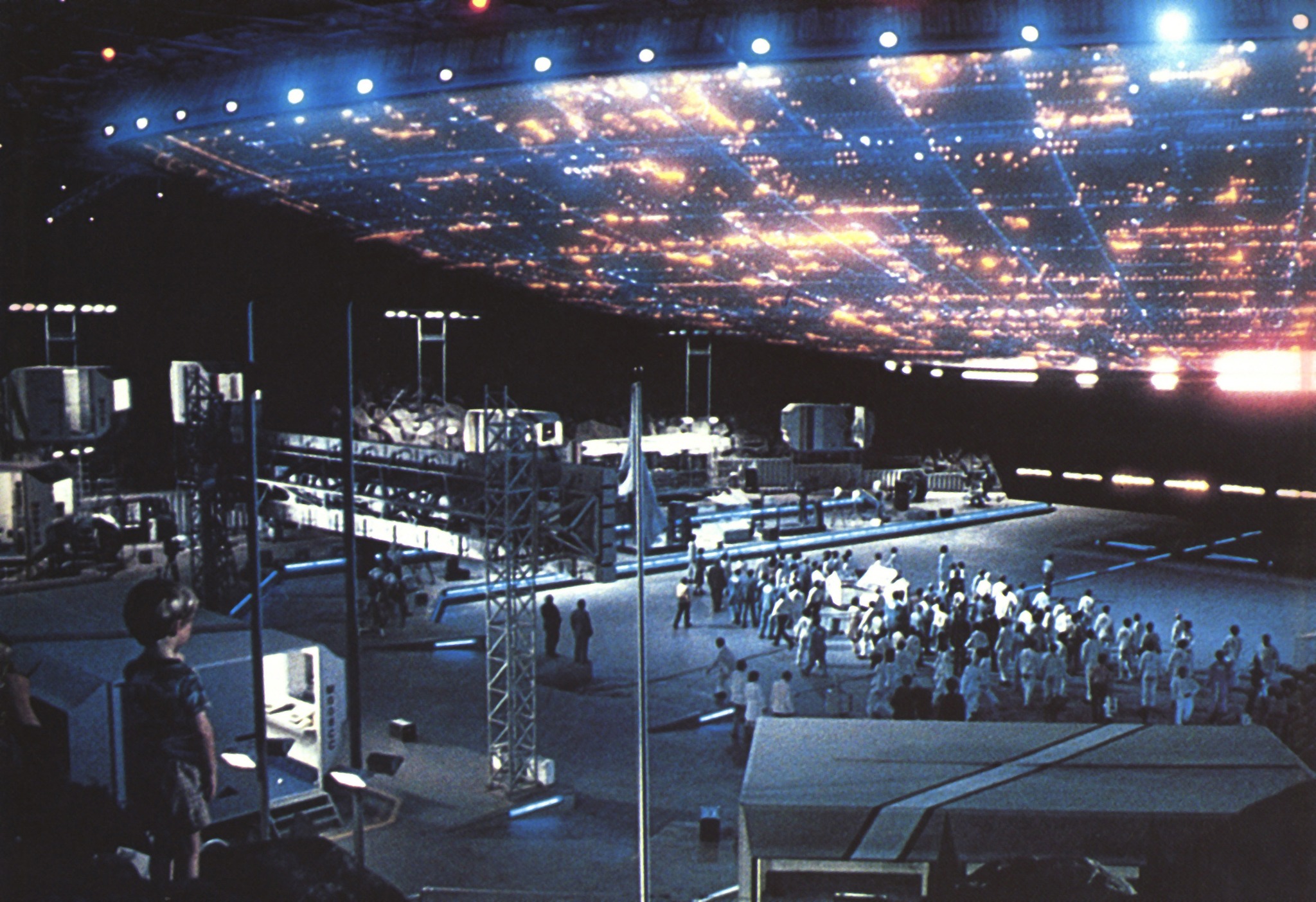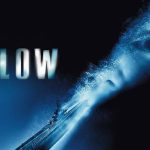“Close Encounters of the Third Kind” (1977)

In the annals of science fiction cinema, few films have achieved the iconic status and enduring impact of “Close Encounters of the Third Kind.” Directed by the visionary Steven Spielberg and released in 1977, this masterpiece transcends mere entertainment to explore profound themes of human curiosity, extraterrestrial contact, and the boundless mysteries of the universe.
Set against the backdrop of a vast and awe-inspiring cosmos, the film opens with a series of inexplicable phenomena unfolding across the globe. From mysterious lights in the night sky to unexplained disappearances, humanity is confronted with the tantalizing possibility of life beyond Earth. Richard Dreyfuss delivers a compelling performance as Roy Neary, an ordinary man whose life is forever changed after a close encounter with an unidentified flying object (UFO).

Spielberg masterfully weaves together elements of wonder, suspense, and emotional depth as Neary becomes increasingly obsessed with uncovering the truth behind his encounter. The director’s signature blend of intimate storytelling and grand spectacle is evident in every frame, from the sprawling vistas of the American Midwest to the hauntingly beautiful alien landscapes.
Central to the film’s narrative is the gradual convergence of disparate characters – scientists, government officials, and ordinary citizens – all drawn together by their shared fascination with the unknown. François Truffaut’s portrayal of Claude Lacombe, a French scientist leading the investigation into extraterrestrial signals, adds a layer of intellectual curiosity and international intrigue.

At its core, “Close Encounters of the Third Kind” is a profound meditation on communication, both terrestrial and extraterrestrial. The iconic five-note musical motif, composed by the legendary John Williams, serves as a universal language that bridges the gap between humans and aliens. This motif not only underscores the film’s themes of discovery and connection but also resonates deeply with audiences long after the credits roll.
The film’s climactic sequence, set against the starkly beautiful Devil’s Tower in Wyoming, culminates in a breathtaking display of visual effects and emotional revelation. As humans and aliens finally come face-to-face, Spielberg invites viewers to contemplate the vastness of the universe and the limitless possibilities that lie beyond our understanding.

Beyond its technical achievements, “Close Encounters of the Third Kind” endures as a timeless classic due to its exploration of themes that resonate with the human experience. It challenges us to confront our fears of the unknown while celebrating the insatiable curiosity that drives us to explore the mysteries of the cosmos.

In conclusion, “Close Encounters of the Third Kind” remains a crowning achievement in Steven Spielberg’s illustrious career and a cornerstone of science fiction cinema. Its enduring legacy continues to inspire generations of filmmakers and audiences alike, reminding us of the power of imagination, the importance of communication, and the eternal quest for understanding in a universe full of wonders.










